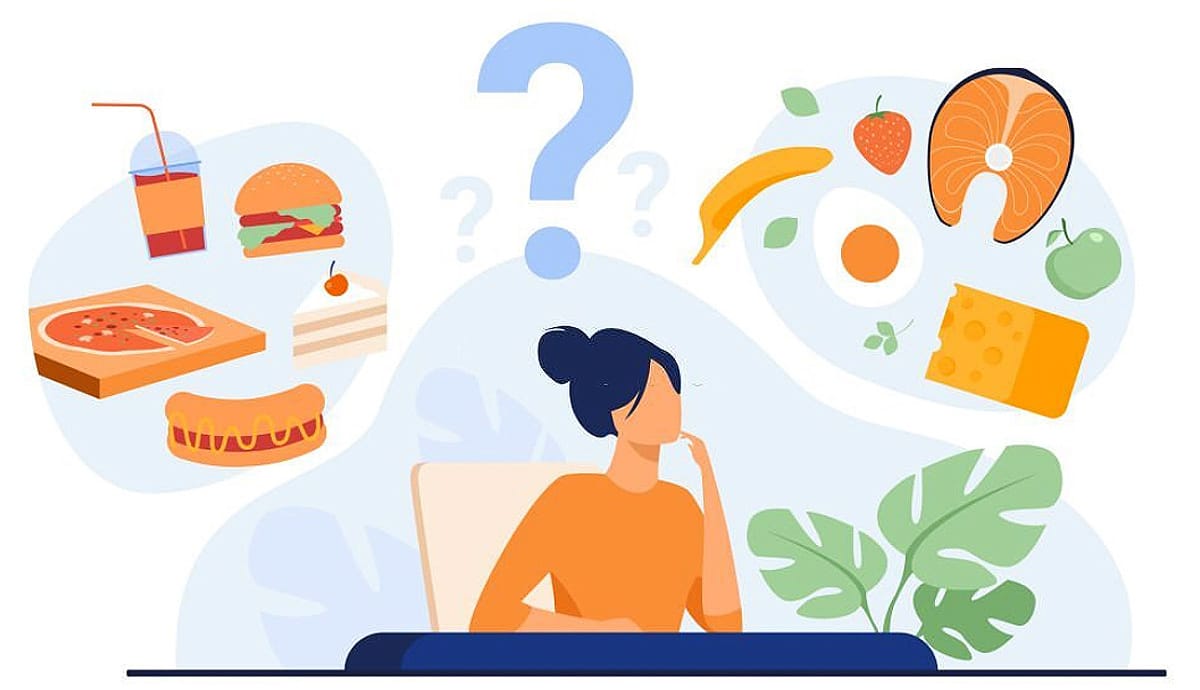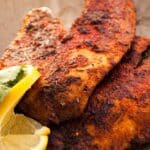To cure disease after it has appeared is like digging a well when one feels thirsty or forging weapons after the war has has begun. - Nei Jing, 2nd Century BC
If you subscribe to today’s conventional wisdom, you probably think that being healthy and fit requires a lifelong dedication to strenuous exercise, calorie counting and restrictions. Even with that, people may still experience allergies, headaches, weakness, fatigue, and other symptoms.
A Paleo lifestyle diet is not one of complex calorie counting, but it does include restrictions against industrially processed foods such as packaged goods, “instant” meals, carbohydrates that are stripped of nutrients, and artificial ingredients.
The truth is that trying to lose or gain weight against your body’s natural mechanisms and genetics simply requires eating right, and therein lays the controversy.
What does “eating right” mean?
Paleo defines eating right as “eating as much as you want of natural food as it’s found in nature and without concern for calories, vitamins, minerals, or proportions” or any of the things other animals don’t seem to worry about.

When our brain and body are working properly, we instinctively know which foods to choose at certain times of the day or year. Many processed foods are engineered to alter the brain’s perception, creating cravings and even addictions that physiologically act same way drugs can.
The fallacy of the calories-in calories-out theory
The most accepted standard in weight loss circles is the calories-in calories-out theory which asserts that if you eat 500 extra calories, you must burn 500 extra calories to maintain your current weight, and if you want to lose weight, you must burn more calories than you take in. Mathematically, this idea makes sense, but the average human needs more than a straightforward equation based on calories. You can get calories from any food source, whether it’s meat, donuts, or ferns, but cells need to be satisfied that they have what they need before your body will settle on your perfect weight.
If you relentlessly raise your calorie burn with increased cardio or extensive workouts, your body will need more calories as it tries to satisfy the void. However, you haven’t changed what the body sees as an acceptable level, so it will always try to default back to its current weight.
If you teach your body to effectively burn fuel by giving it what it needs instead of empty calories, it won’t see energy expenditure (exercise) as a danger. It will regulate over the long term leaving you at your ideal weight.
Just How Much Should You Be Eating?
When your body is not getting enough nutrition, it will see a lack of fuel as a reason to conserve energy. You need to get enough nutritional support to provide you with energy, get you through your day, improve your metabolic function, and get your body working optimally. Your body needs to perceive what you intake as valuable. If it doesn’t, it will want more food while your cells are being starved for nutrition.
The number of calories you need depends on your size and energy expenditure, and your body and brain will know how much enough is. As long as you don’t do anything drastic, like acutely limiting calories or going extreme with cardio all at once, it will not perceive any danger.
A Paleo diet does not limit calories. Your body will be satiated with the right foods. If you’re an emotional eater, you’ll need to think about what you’re doing. Otherwise, you’ll naturally lose the desire to eat when your brain sends signals that it’s had enough. That doesn’t mean you’ll feel uncomfortably full or bloated. It just means that you won’t want that third helping or that snack or dessert after a meal, and the endless “looking for something to eat because you don’t know what you want” will stop.
- Drink plenty of water - Most people don’t get enough water in any form to maintain normal bodily functions.
- Less is not always better - Eat when you’re hungry. Don’t limit calories thinking less is better. Limiting calories sends a signal to the brain that says, “There’s not enough fuel coming in so slow down and conserve energy”. This goes back to the survival mechanism at the brain’s core. It served Caveman well because he didn’t get to eat much every day, but we haven’t evolved past that point.
- Stay away from empty calories - Decaf sodas, refined industrially processed flours and sugars, and alcohol will fill you up without giving you the nutrients you need.
So what about exercise?
Exercise just for the sake of exercise is the only way some people get a good amount of movement in their lives.Ideally, you should move like you’re designed to move.
- Do big block movements that involve several muscle groups such as squatting and lifting heavy objects, running in quick bursts, and reaching movements that stretch your arms, legs, feet, and core.
Playing with your kids or engaging in activities with friends is a great way to move without thinking about the mechanics of movement. It’s natural and fun. Sneak some of these suggestions into your life and you won’t even think about the fact that you’re getting exercise:
- Play tag, or flag football, climb a tree or build something (maybe a tree house)
- Bounce on a trampoline (it helps keep the lymphatic system moving to circulate infection fighting white blood cells)
- Go for a day hike or some low rock climbing
- Go dancing
- Play Twister
- Do some gardening, weeding or planting
- Knead some dough
- Wash your car or clean out your gutters
- Walk to work if you can, take the stairs, carry your groceries instead of wheeling them in a cart, run or trot with your dog instead of “walking the dog”.
Sleep like you’re designed to sleep
Ideally, you should sleep when you feel tired. When your body is running properly, you should sleep well and wake up without an alarm. If you’re on a night shift, use a wake light. Your body rhythms are designed to wake at first light, as the daylight enters your eyes.
Join Mother Nature in her endless wisdom. Eat the foods that your body is designed to eat (meat, animal fat, vegetables, fruits and nuts) and you’ll finally say “hello” to what you’ve been working towards for so long. How’s that for a simple solution to a complex problem?





Leave a Reply